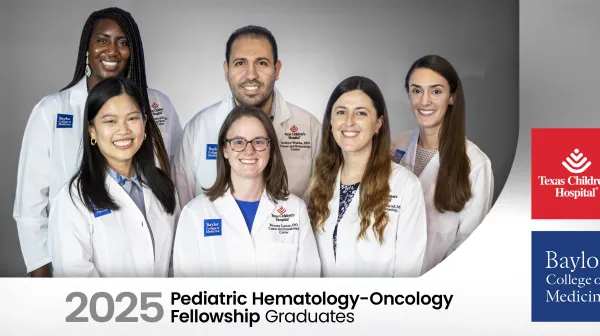The Texas Children’s Hospital Coronary Artery Anomalies Program (CAAP) opened its doors in 2012 as the first program in the United States dedicated to children with coronary artery anomalies (CAA), a condition that may affect up to 1% of the U.S. population and can lead to myocardial infarction, lethal ventricular arrhythmias and death. The goal was not only to offer specialized care to these patients, but also to create a way to standardize evaluation and management for all patients with CAA. Now 10 years into this mission, Silvana Molossi, MD, PhD, medical director, and the CAAP team continue to investigate ways to improve outcomes for children with CAA and share that data with the medical community.
A decade of data
“Since the very beginning, all the data that are collected are reviewed every 18 to 24 months. We look at all the data that we have acquired and that gives us knowledge as to what we need to modify,” said Dr. Molossi.
Each patient’s chart contributes to the data compiled. The CAAP has a standardized approach to initial evaluation that includes CT angiogram, stress electrocardiogram and dobutamine stress cardiac MRI. In some cases, a cardiac catheterization is needed to give more detailed information about the blood flow through coronary arteries that can be compromised given intramural course and ostial abnormalities of the anomalous coronary. More subjective clinical data are collected as well, such as the presence or absence of exertional symptoms.
All of this information is assessed internally by a multidisciplinary team, with weekly team meetings, to optimize the individual child’s care. However, to fulfill their mission, the physicians at the CAAP work hard to make their knowledge available to others.
“We have been very prolific in terms of publishing our data,” said Dr. Molossi. “We have published the largest series of cardiac MRI in AAOCA [anomalous aortic origin of a coronary artery] patients in 2021, and that was in about 200 patients. Many centers are now utilizing our protocol and have added this study to their centers to evaluate their patients.”
Pushing the data forward with virtual models
The CAAP has been quick to incorporate new technology into their research. Exciting developments in CT imaging have allowed for digital 3D models of an individual patient's coronary artery anatomy. These models can be manipulated and eventually used to make decisions about risk stratification.
“We will compare patients who have no symptoms and are doing well to those who had symptoms, evidence of inducible myocardial ischemia and who have undergone surgery. We are trying to determine computationally if we can see differences in those two patient populations, contributing to risk stratification and management decision-making” said Dr. Molossi.
3D modeling could also be used to determine the efficacy of the two predominant surgical procedures used to treat CAA: unroofing, in which the opening to a coronary artery is widened to improve blood flow, and reimplantation, where the anomalous coronary artery is moved to or receives a new ostium in a more advantageous location. Dr. Molossi and the team are eager to perform the 3D modeling postoperatively to look for significant differences in coronary artery blood flow between the two procedures.
Sharing knowledge with patients
While focused on increasing patient survival with CAA, Dr. Molossi understands that increasing understanding about CAA can positively impact patients and their families in other ways as well.
“It is very important to understand the impact of these diagnoses in the patients' and families' lives. This is something that changes them completely, and because there are still so many unanswered questions, we do see that this generates a lot of anxiety in patients and their parents.”
With continued dedication to understanding CAA and its impact on patient lives, more children will be able to move forward with active, carefree lives thanks to the research at Texas Children’s CAAP.
To refer a patient to the Texas Children’s Coronary Artery Anomaly Program, call 832-TCH-CARE (832-824-2273).





